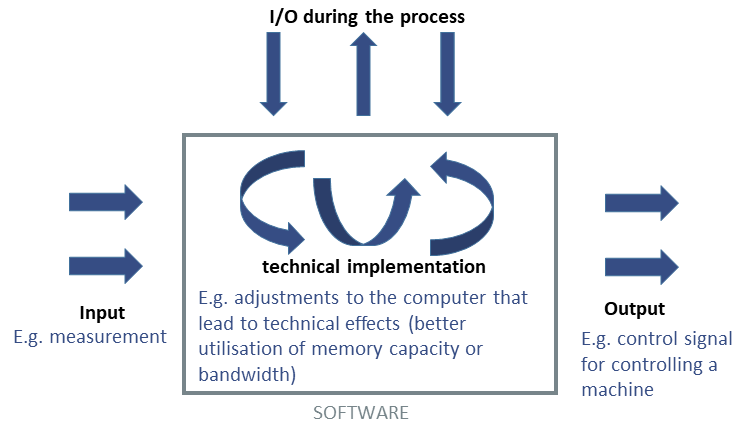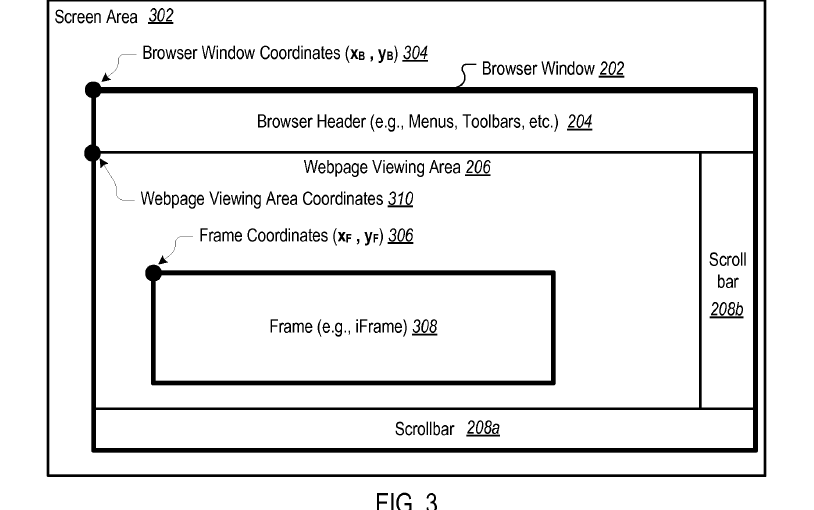The software discussed in this decision carries out an indirect measurement. The software measures/ determines a web page viewing area based on the measurement/ input data/ raw data of the size of a browser window. Such indirect measurements are of a technical nature, regardless of what use is made of the results (cf. G 1/19, point 99).
Object of the Invention
- Estimating the size of a browser’s viewport/ web page viewing area from within a cross-domain iframe (iframe is e.g. from a separate ad server). Due to security constraints, the size of the viewport cannot be accessed directly from within a cross-domain iframe.
- Claim 1 differs from the closest prior art in that Document D1 in that the size of the viewport/web page viewing area is determined by reading the size of the browser window and subtracting from the size of the browser window the average size of one or more browser elements as determined by a statistical analysis based on historical measurements.
Examining Division
- The determination of the estimated size of the viewport correspondeds to a technical implementation of a non-technical rule (compute the estimated size) based on a business requirement.
- Since the determined output size was an estimated value, it circumvented the technical problem of actually measuring the viewing area rather than addressing it.
Board
- It is true that the method of claim 1 does not include a technical use of the calculated/estimated content visibility. In fact, the claim specifies that the information about the visibility of the content item is reported to a content sponsor.
- However, the method does not merely calculate this information from numerical input data but measures “raw” information about a running web browser and processes this information to produce an estimate of a technically meaningful parameter, namely the extent to which a content item displayed within a web page is visible to the user, and on the basis of technical considerations relating to what is possible with an unmodified browser that enforces standard security constraints.
- Such an indirect measurement is normally of a technical nature (see G 1/19, point 99).
- Subject matter of claim 1 is inventive.

Conclusion:
The below figure shows according to G 1/19, point 85 and 86 how and when “technical effects” or “technical interactions” based on inter alia non-technical features may occur in the context of a computer-implemented process. In this decision the software/ non-technical features contribute to the technical character of the invention via the input data.


